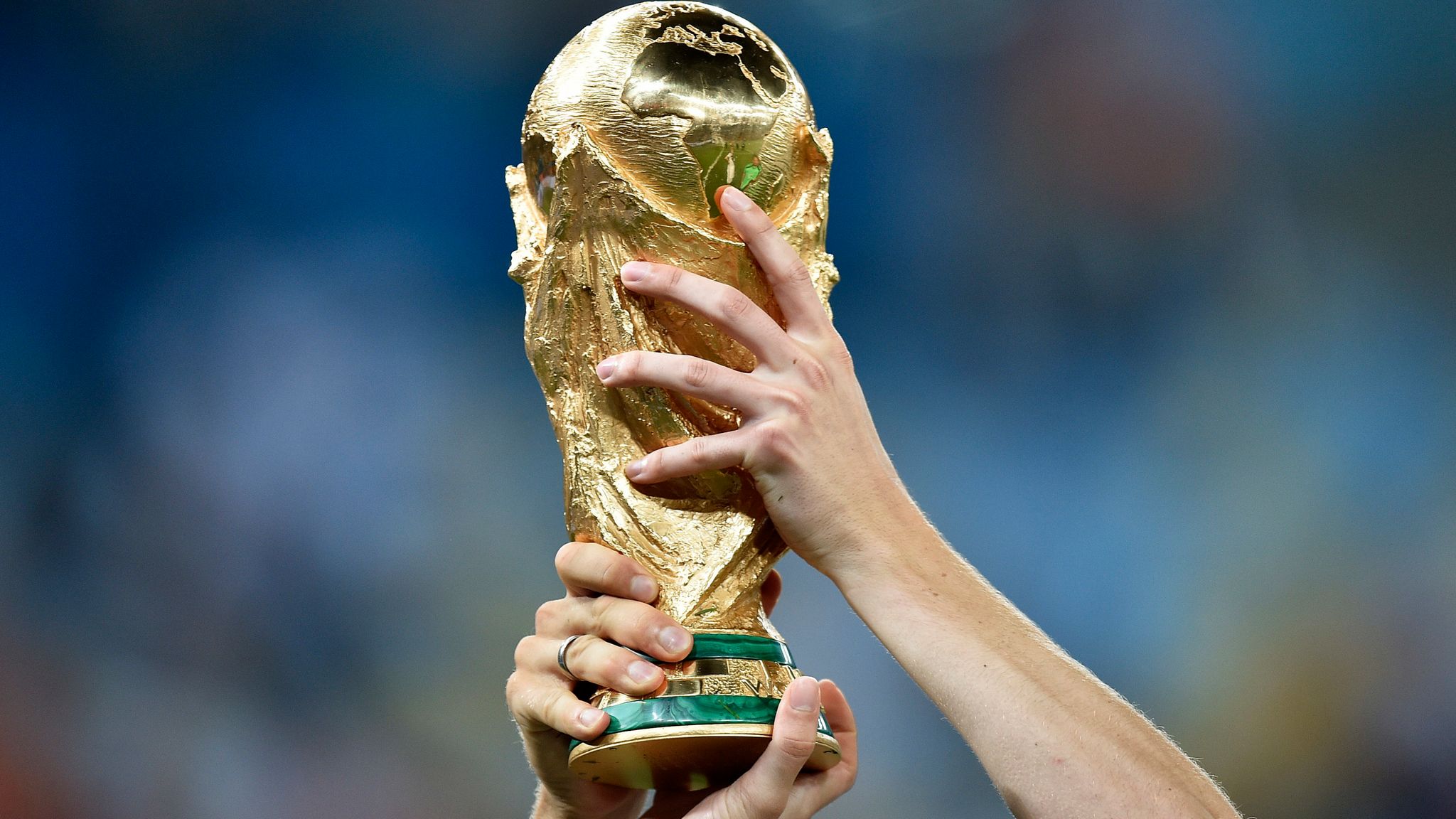The FIFA World Cup is not just a sporting event. It is a global phenomenon that transcends love for football, sportsmanship, and nationalism. For one month every four years, the world stops to watch 32 countries compete for the most coveted trophy in all of sports. The tournament is a marketing bonanza, with billions of dollars being spent by brands to associate themselves with the event. But what exactly are they buying?
The Power of the World Cup
For many brands, that sort of reach is simply too good to pass up. And so they spend big bucks to be official sponsors of the World Cup or to have their products featured prominently during the tournament. Coca-Cola has been an official sponsor of the World Cup since 1974, and it is estimated that it will spend over $500 million on marketing for this year’s event. Their biggest competitor, Pepsi, is not an official sponsor but will still be spending millions to associate their brand with the tournament.
But what do these brands actually get for their money? In short, they get access to an incredibly passionate and engaged audience that is loyal to both their country and their sport. Football (or soccer, depending on where you’re from) fans are some of the most diehard supporters in all of sports. They live and breathe their team, and they will go to great lengths to support them.
And so when these fans see Coca-Cola or Pepsi products featured during the World Cup, they make an unconscious association between those brands and their favorite team. That connection can be extremely valuable for a brand, especially if their team goes on to do well in the tournament.
- Advertisement -
From major corporations to small businesses, there is a way for everyone to get in on the action. Let’s take a look at why the World Cup is such a great marketing opportunity and how your business can capitalize on it.
Audience Engagement
The FIFA World Cup is the most-watched sporting event in the world. An estimated 3.572 billion people watched the 2018 World Cup, more than half the world watched the record-breaking 2018 World Cup, and those numbers are only expected to grow for this summer’s tournament in Qatar. That means that for one month every four years, brands have a captive audience of over half the world’s population.
This provides a massive opportunity for businesses to engage with their target audiences on a global scale.
With so many people watching, businesses have the chance to reach a wide variety of consumers with their marketing messages. They can also use the event as an opportunity to build brand awareness and loyalty among existing customers. And because the World Cup only comes around every four years, there is a built-in sense of urgency that can help drive sales and conversions.
Creative Opportunities
Another reason why the World Cup is such a great marketing opportunity is that it provides businesses with a chance to be creative with their campaigns. There are endless possibilities when it comes to creating content that ties into the event, whether it’s Producing ads featuring world-famous soccer stars or coming up with clever social media posts related to specific matches.
Recommended Read ➤ Nike’s Footballverse 2022 World Cup Ad is a Masterclass in Marketing
This year’s World Cup is also providing businesses with an opportunity to experiment with new marketing channels and technologies. Augmented reality, virtual reality, and live streaming are all being used by brands to give fans an immersive experience during the tournament. And with more than half of all internet traffic now coming from mobile devices, there’s a big opportunity for businesses to reach fans where they are spending the majority of their time.
Conclusion:
The FIFA World Cup is much more than just a sporting event; it is a global phenomenon with billions of dollars being spent by brands to associate themselves with it. What exactly are they buying? The answer is simple: access to an incredibly passionate and engaged audience that is loyal to both their country and their sport. When done right, marketing during the World Cup can be extremely valuable for a brand on both short-term and long-term branding.








